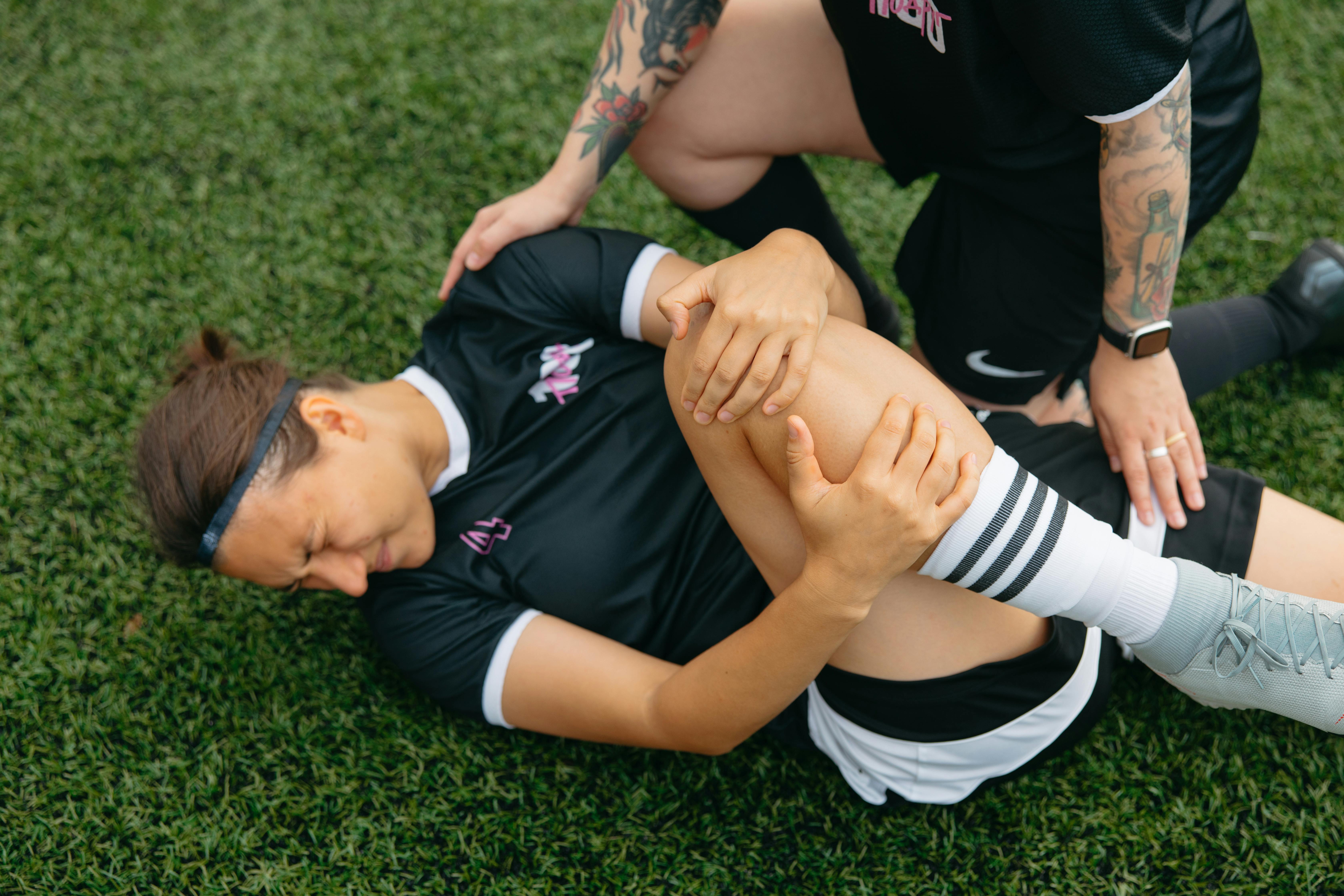Anterior cruciate ligament (ACL) injuries are alarmingly common among female athletes, occurring at significantly higher rates than in males. This disparity has led to extensive research into the contributing factors, with hormonal fluctuations during the menstrual cycle emerging as a possible influence.
Understanding the ACL and its vulnerability
The ACL is a crucial ligament in the knee that stabilises joint movement. Tearing this ligament can result in significant downtime and often requires surgical intervention. Notably, female athletes are two to eight times more likely to suffer ACL injuries compared to males.
The hormonal connection
Research suggests that hormonal fluctuations throughout the menstrual cycle may impact ligament laxity and neuromuscular control, potentially increasing the risk of ACL injuries. Key hormonal phases include:
- Ovulatory phase. Oestrogen levels peak, which can increase ligament laxity, making the ACL more susceptible to injury.
- Luteal phase. Progesterone rises, potentially affecting muscle activation patterns and joint stability.
However, some experts argue that there is no definitive evidence linking menstrual cycles to ACL injuries. Anatomical and biomechanical differences are also significant contributors.
High-profile ACL injuries among the Lionesses
Several prominent England players have faced ACL injuries in recent years:
- Beth Mead. The Arsenal forward suffered an ACL injury in November 2022, sidelining her for nearly a year and causing her to miss the Women's World Cup. Mead has spoken about the physical and mental toll of recovery, emphasising that only those who have endured such injuries truly understand their impact.
- Leah Williamson. England’s captain sustained an ACL injury in April 2023 during a Women's Super League match, ruling her out of the World Cup. She returned to international duty in September 2024, marking a significant milestone in her recovery.
Mitigating the risk
While some risk factors are unavoidable, several strategies can help reduce the likelihood of ACL injuries:
- Injury prevention programmes. Programmes such as FIFA’s 11+ have shown promise in reducing ACL injuries. However, reinjury rates remain concerning, with 42% of women who suffer ACL injuries likely to experience another, often leading to shortened playing careers.
- Menstrual cycle monitoring. Athletes and coaches can tailor training regimens to align with hormonal fluctuations, potentially mitigating periods of increased vulnerability.
- Proper technique and equipment. Ensuring correct movement mechanics and using appropriate gear can help alleviate undue stress on the knees.
Final thoughts
ACL injuries remain a significant challenge for female athletes, with hormonal cycles potentially playing a role in their prevalence. By understanding these risks and implementing targeted prevention strategies, athletes can better protect themselves and maintain peak performance.



